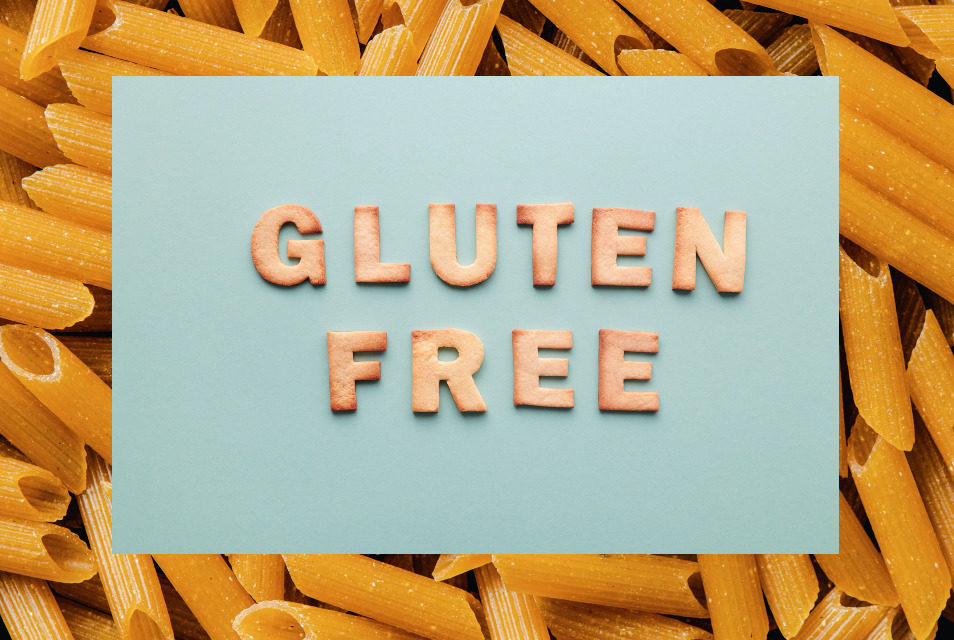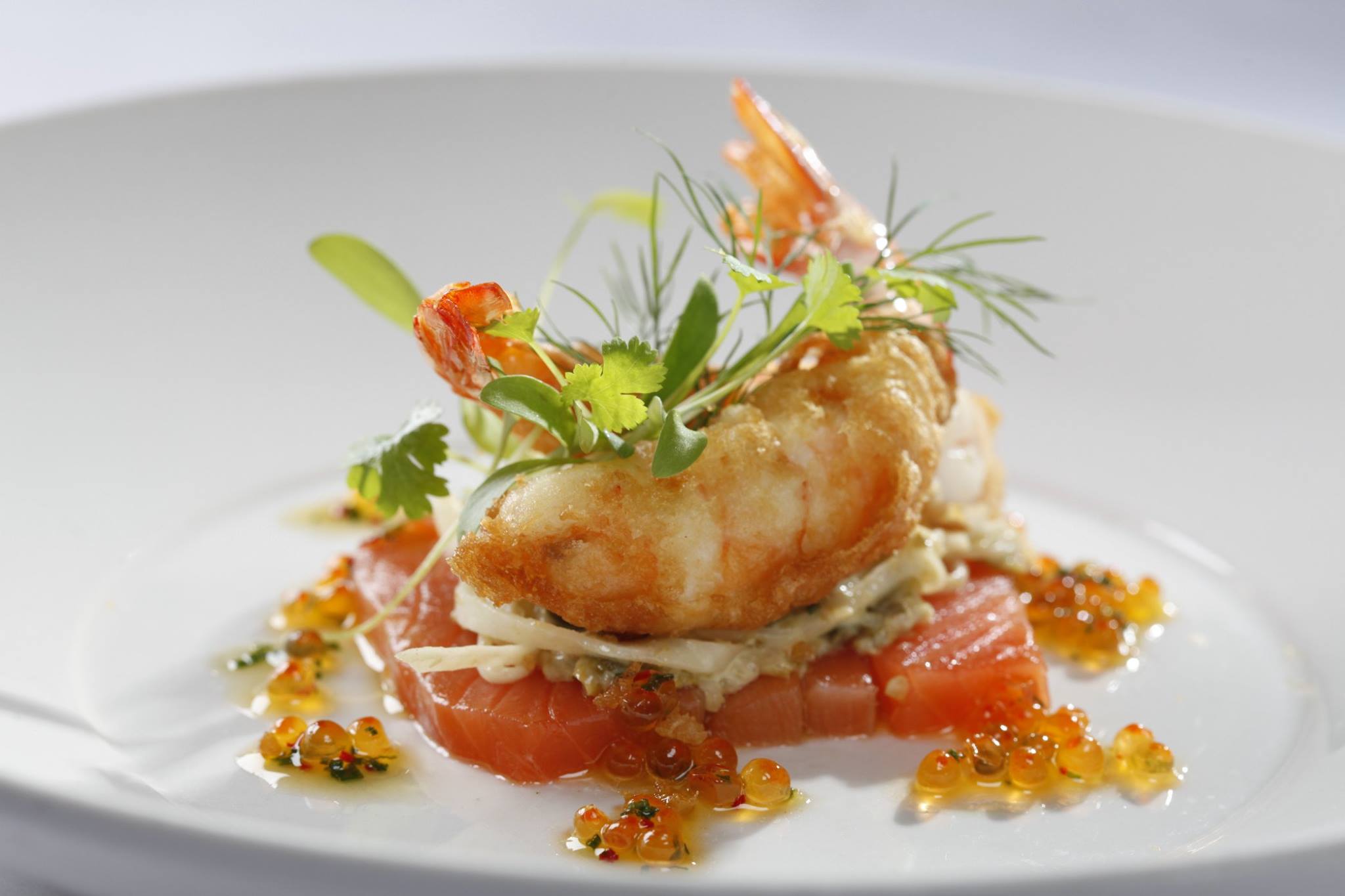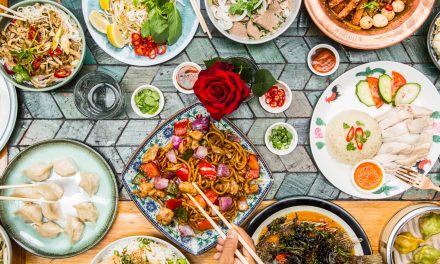Madeleine Taplin
For many years now we have seen a shift in eating habits, with more people opting to participate in different food lifestyles than they had previously engaged with. One of the most talked about food lifestyles at the moment is gluten-free eating. Whether it is for medical conditions such as coeliac disease, or a personal choice to live a healthier lifestyle, it is clear that gluten-free eating is on the rise. However, unlike the majority of other food changes such as going lactose free, vegetarian or vegan, changing your diet to being gluten-free can be a lot harder than it looks. Luckily for you, we have all the tips and tricks to ensure you make a smooth transition into a gluten-free lifestyle!
What does it look like?
Surprisingly quite similar to traditional healthy eating diets, gluten-free eating is all about filling up your plate with naturally wholesome gluten-free foods. This includes vegetables, fruits, beans, nuts, seeds, fish and lean meat. It is also important to note that being gluten-free doesn’t mean no grains – there are a number of grains available that are all gluten-free. Rice, quinoa, polenta and buckwheat are just a few great examples of alternative grains to use in this type of eating! You can also look at purchasing gluten-free pasta which is made from corn, quinoa or beans, and often tastes just as good. I would recommend trying ‘Barilla’s gluten-free corn pasta’ which tastes just like the original. You can also find some pretty tasty pasta alternatives at your local health food store.
Playing Food Detective:
Gluten is lurking in so many different foods simply because there are so many ways in which companies might use gluten. If you are going to give gluten-free eating a try, you need to start playing ‘food detective.’ Companies are not required to label gluten as an allergen on their labels, so while you can look for the ‘gluten-free’ label on the front of the package, you should also read the ingredients label. Be on the lookout for products that contain wheat, rye, malt, and brewer’s yeast, as these all contain gluten and cannot be consumed. Also check for the use of oats, as these often contain gluten and therefore you need to find specially certified gluten-free oats.
Hidden Nasties- Soy Sauce:
As you start on your gluten-free food journey, it is likely that you will discover a wide variety of foods that contain gluten, some you wouldn’t have even thought of! As a lover of Asian cuisine, a hidden surprise for me was soy sauce, which often contains gluten! Luckily, you can purchase gluten free soy sauce and keep your Asian food dreams alive in this manner. You will find that the gluten-free food market has expanded dramatically, and you can almost always find a gluten-free alternative for some of your favourite treats – take Milk Arrowroots for example. By finding these just as tasty alternatives, you can continue to eat all your favourites but remain inside the gluten-bubble.
Cookbooks:
Think about purchasing a specialist gluten-free cookbook to ensure that you can still get a great selection of meals whilst on this diet. Use these books to help plan out what you might be eating and pick up a few family favourites along the way. Maple and soy roasted chicken with rice is a favourite in my house, and totally gluten-free. Remember to experiment and try new flavours and gluten free products – you might surprise yourself and find something you cannot live without!












